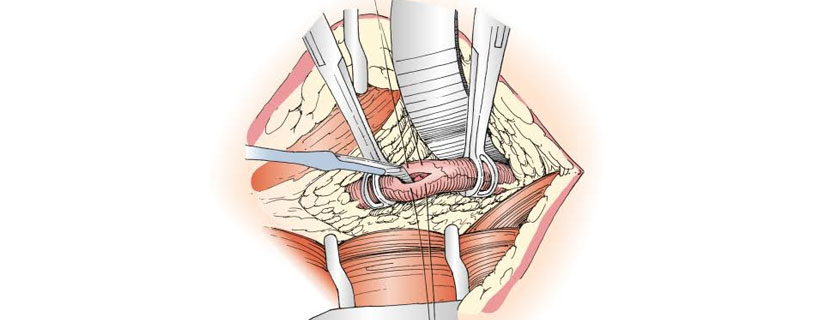Book Appoinment
Ureterolithtomy


Ureterolithotomy is a surgical procedure performed to remove a stone (also known as a calculus) that is lodged in the ureter. The ureter is the tube that connects the kidneys to the bladder, and when a stone becomes stuck in this narrow passage, it can cause severe pain and obstruct the flow of urine.
During a ureterolithotomy, the surgeon makes an incision in the affected area of the ureter and removes the stone. The procedure is typically done under general anesthesia. In some cases, the surgeon may need to make a larger incision in the abdomen or perform a laparoscopic procedure, depending on the location and size of the stone.
After the stone is removed, the surgeon may place a stent (a thin, flexible tube) in the ureter to help the passage heal and ensure proper drainage of urine. The stent is usually removed a few weeks later in a separate procedure.
Ureterolithotomy is considered when the stone is too large or in a location that cannot be effectively treated with other methods, such as extracorporeal shock wave lithotripsy (ESWL) or ureteroscopy. These less invasive procedures use shock waves or small instruments to break up or remove the stone from the ureter.
As with any surgical procedure, ureterolithotomy carries some risks, including infection, bleeding, damage to surrounding organs or structures, and complications related to anesthesia. The specific risks and benefits should be discussed with a urologist or surgeon who can provide more detailed information based on the individual case.
